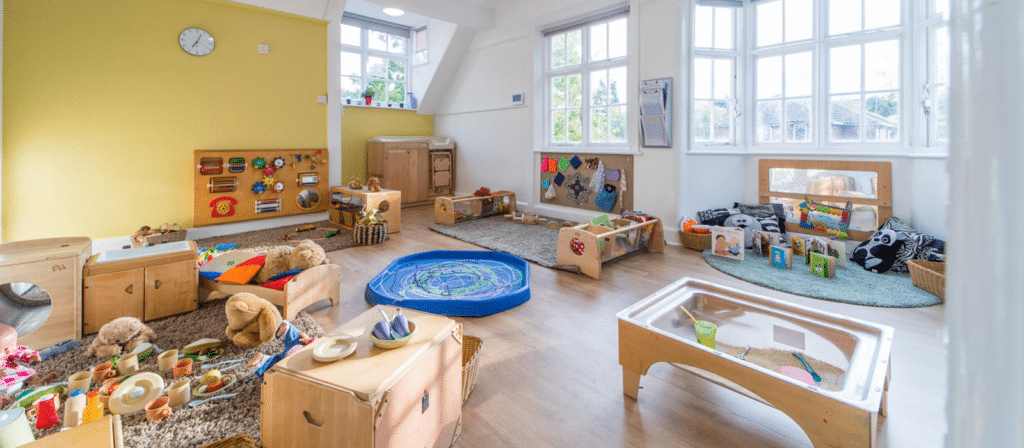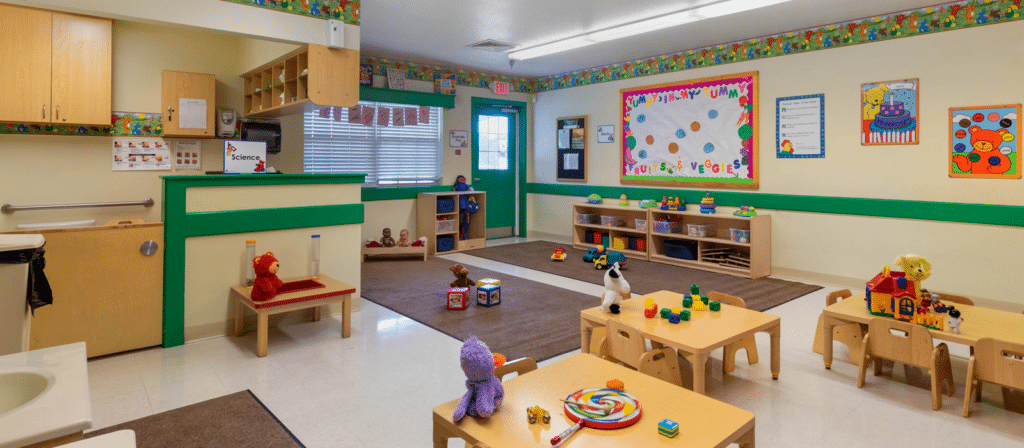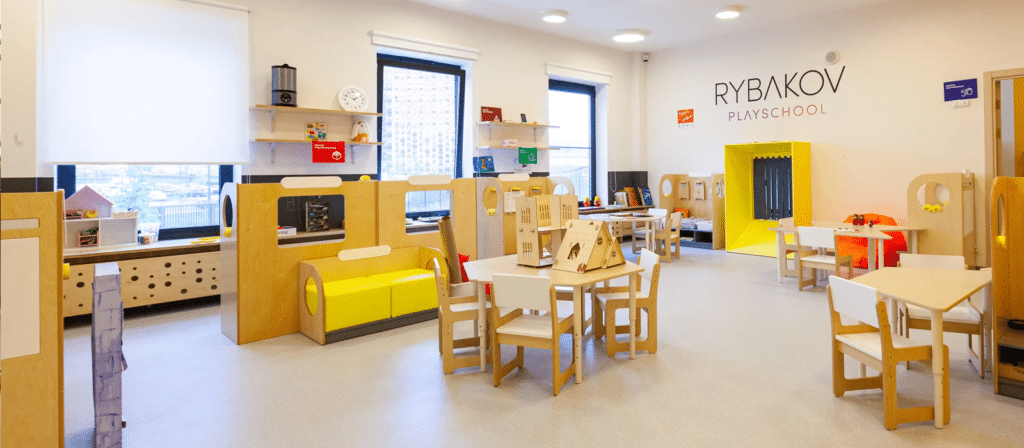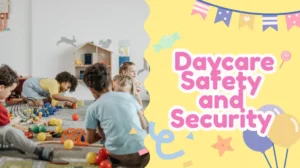Ever wondered how furniture design can enhance the engagement and learning experience in a Montessori classroom? Join us as we delve into the world of innovative furniture design that brings the Montessori philosophy to life, creating captivating and effective learning environments for children.
Creating an Engaging Montessori Classroom with Furniture Design is key to fostering an environment that supports exploration, independence, and a love for learning. Thoughtfully designed furniture pieces play a crucial role in creating spaces that inspire children’s curiosity, facilitate hands-on learning, and promote collaboration.
But how can furniture design contribute to an engaging Montessori classroom?
First and foremost, furniture should be child-sized and easily accessible. Children should be able to navigate the classroom independently, fostering a sense of autonomy and empowerment. Low shelves, small tables, and chairs specifically designed for children ensure that everything is within reach, encouraging them to explore and engage with their surroundings.
Additionally, the design of furniture should reflect the Montessori principles of order and simplicity. Clean lines, natural materials, and neutral colors create a calm and harmonious environment. Clutter-free spaces allow children to focus on their activities and promote a sense of peace and tranquility.
Another important aspect of furniture design in a Montessori classroom is versatility. Furniture should be modular and adaptable, allowing for different configurations and activities. For example, tables with adjustable heights can accommodate a variety of tasks, from individual work to group collaboration. Flexible seating options, such as floor cushions or rocking chairs, provide children with choices that suit their comfort and learning preferences.
Incorporating natural elements into the design of furniture can have a significant impact on the overall ambiance of the classroom. Wood, for instance, not only adds warmth and beauty but also connects children with the natural world. Bringing elements of nature indoors creates a soothing and inviting atmosphere, enhancing children’s sense of well-being and connection to the environment.
So, how does Montessori furniture design contribute to an engaging learning experience?
Well-designed furniture encourages movement and physical activity, which are essential for a child’s development. A classroom equipped with ergonomic chairs, standing desks, and open spaces allows children to move freely and engage in various activities. This promotes better concentration, improved posture, and overall physical health.

Moreover, furniture design can be used as a tool to organize and display learning materials. Open shelves, labeled bins, and storage units facilitate easy access to educational materials and encourage children to take responsibility for their own learning. When materials are easily accessible and visually appealing, children are more likely to engage with them and explore new concepts independently.
By carefully considering the design of furniture, we can create spaces that inspire creativity and imagination. Thoughtful design elements, such as curved edges, soft textures, and cozy reading corners, invite children to relax and explore their own ideas. When children feel comfortable and inspired in their learning environment, they are more likely to take risks, think critically, and express themselves freely.
How can Montessori furniture design support children with diverse needs?
Inclusive design is a key consideration when creating an engaging Montessori classroom. Furniture should be adaptable to meet the needs of all children, regardless of their abilities or learning styles. Adjustable tables and chairs, sensory-friendly materials, and supportive seating options ensure that every child can fully participate and thrive in the learning environment.
Furthermore, furniture design can promote collaboration and social interaction among children. Round tables, communal workspaces, and cozy seating arrangements encourage teamwork, problem-solving, and communication skills. By fostering a sense of community and shared responsibility, children develop important social-emotional skills that are crucial for their overall development.

Conclusion:
By prioritizing thoughtful furniture design, Montessori classrooms become engaging and inviting spaces that empower children to take ownership of their learning journey. The combination of ergonomic, child-sized furniture, flexible and open spaces, natural materials, and effective storage solutions creates an environment where children can thrive, explore, and develop a lifelong love for learning. Through intentional furniture design, we can unlock the full potential of the Montessori approach and create inspiring spaces that nurture each child’s unique abilities and potential.













